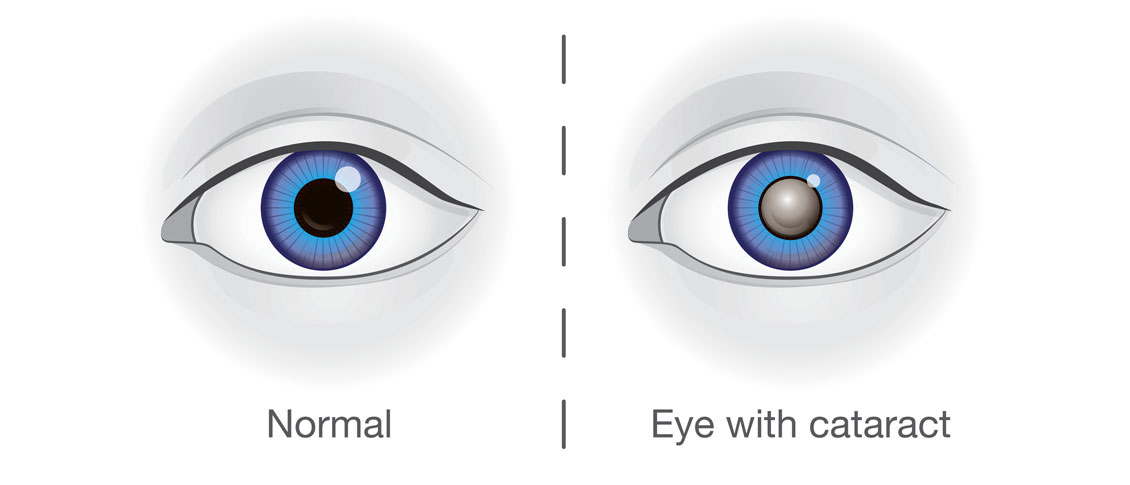Looking for Something?
Video Education Library
10 Reasons to Buy Here
- 2 Year Frame Warranty
- 2 Year Lens Warranty
- 30-Day ℞ Guarantee
- Great Frame Selection
- Friendly & Experienced
- 50% Off 2nd Pair
- Latest Innovations
- Highest Quality
- Competitive Pricing
- Support Local Business
Secure Online Ordering
Order vision care products securely & conveniently from your home.
Begin Ordering Now- Written by The FVC Team

You’ve been diagnosed with a cataract and you’ve been told you should have cataract surgery. The surgeon is also telling you that you should consider paying extra out of pocket it for it.
Where did this come from? Why should you have to pay out of pocket for cataract surgery? Shouldn’t your health insurance just cover it?
In trying to answer those questions, you will first need a little history of both cataract and refractive (correcting errors of refraction such as nearsightedness,...
Read more: Why Do I have to Pay Out of Pocket for Cataract Surgery?
- Written by The FVC Team

1. Vision is so important to humans that almost half of your brain’s capacity is dedicated to visual perception.
2. The most active muscles in your body are the muscles that move your eyes.
3. The surface tissue of your cornea (the...


